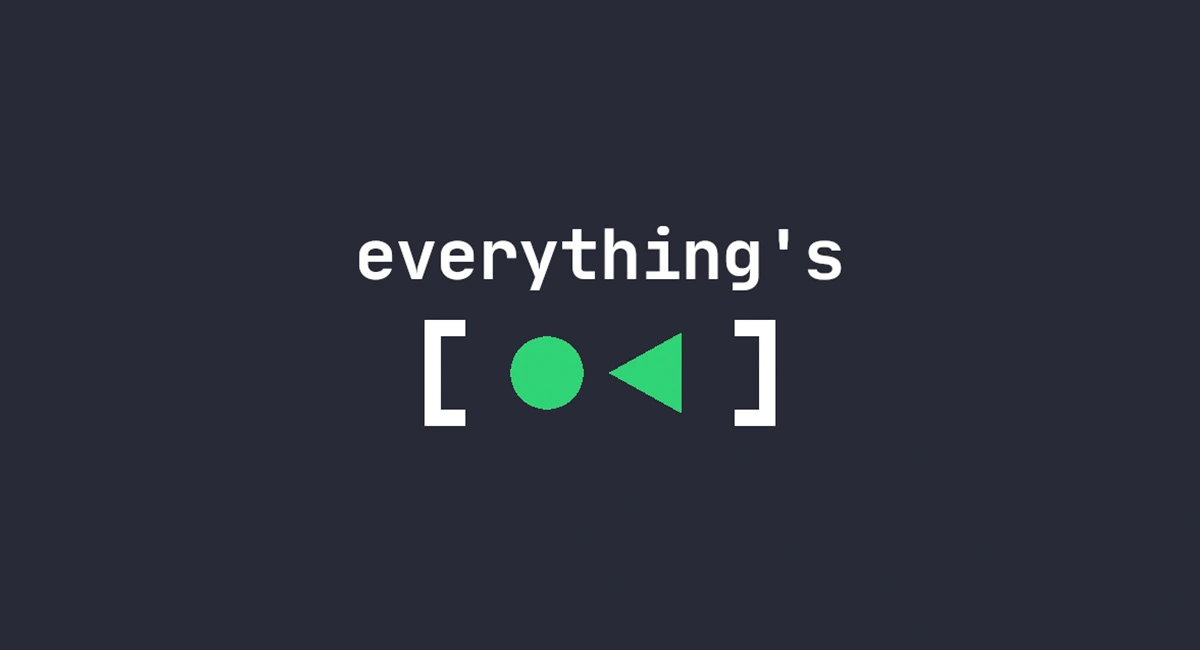- cross-posted to:
- linux@kbin.social
- homelab@lemmy.ml
- selfhosted@lemmy.world
- cross-posted to:
- linux@kbin.social
- homelab@lemmy.ml
- selfhosted@lemmy.world
After a few conversations with people on Lemmy and other places it became clear to me that most aren’t aware of what it can do and how much more robust it is compared to the usual “jankiness” we’re used to.
In this article I highlight less known features and give out a few practice examples on how to leverage Systemd to remove tons of redundant packages and processes.
And yes, Systemd does containers. :)



deleted by creator
Where are those alternatives? I have not seen anything that is Baustoff convincing yet…
It is not a project owned by redhat… the lead guy not even works there anymore. So the more interesting question is: What happens if Microsoft closes down the project? The answer: It will be forked.
deleted by creator
Which part(s) of systemd is pipewire meant to replace?
deleted by creator
PulseAudio != systemd
Pulseaudio isn’t part of systemd.
@t0m5k1 @sickday You clearly don’t know what you are talking about.
To my knowledge, pipewire was never meant to replace any part of systemd. I don’t think systemd does anything related to audio either. OP was claiming otherwise so I asked for clarification.
@sickday @TCB13 @t0m5k1 @hunger Pulseaudio is written by Poettering but it isn’t and never has been part of systemd, so yeah, I don’t know why somebody brings it up in systemd discussion.
Red Hat didn’t “close up the source” to anything. All the source to RHEL is available in CenOS Stream’s git repos. All of the source to all Red Hat products is available in upstream projects too. Nothing’s “closed”.
What was announced was that the source to RHEL would only be publicly published in git (with history, tagged releases, etc.) instead of publically available SRPMs (unless you use a Red Hat account — even a free one — then you could also download SRPMs).
We fork it… like people are doing with LXD/LXC… https://linuxcontainers.org/incus/